
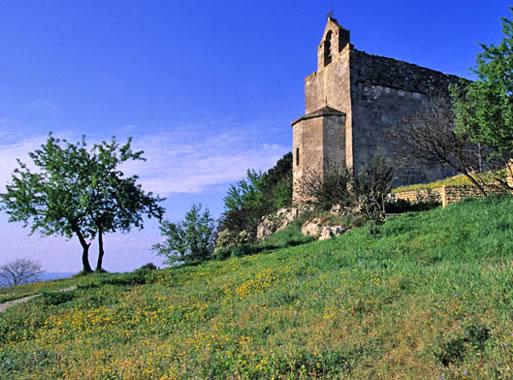
For many, Cavaillon is just the capital of the canteloupe melon. But this town at the gates of the Luberon, between Avignon, Aix en Provence and the Alpilles, also has a rich past and a remarkable heritage. You will discover it as you stroll the streets of the old quarter, from the 1st century Roman arch to the synagogue built in the 15th and 18th centuries, without forgetting the cathedral and its cloisters, the beautiful old homes and the small flowering squares.
The brave at heart can start by walking up the Saint-Jacques Hill, where the Cavare civilisation first settled. At the top, an unobstructed view over the Ventoux, the Luberon, the Durance, the Alpilles, the Monts de Vaucluse awaits you.
As you soak in the spirit of the place, you will notice the Saint Jacques chapel in an enclosure lined with cypress. In service from the 14th to 18th century, the exterior and interior present a mix of styles due to repeated (re)construction.
From this rocky peak, the shortest path, along a small trail bordered by pines, leads down to the Place du Clos where the Roman Arch stands. This triumphal arch, originally discovered at the foot of the Cathedral and attributed to Constantine, was transported stone by stone at end of the 19th century to find its present location.
From there, by taking the Videau passage and passing by a Renaissance tower adorned with gargoyles and crenellations on Rue Liffran, you arrive at the Saint-Véran Cathedral. The western façade of the Cathedral rises up into the sky, its small windows looking out like two eyes. Consecrated by Pope Innocent IV in 1251, the Cathedral survived attacks by the baron of Adret (only the door, reconstructed in 1740, had been set on fire). The richly adorned and decorated interior houses a chapel devoted to Saint-Véran and a second version of his titanic battle with the monster of the Sorgue.
Built at the same time as the cathedral, the Romanesque cloisters house in a religious silence the remains, tombs and coats of arm of some high dignitaries (the 13th century tomb of Rostaing Bélinger, bishop of Cavaillon, the 14th century insignia of Philippe de Cabassole). At the other end of the cathedral, as you leave the cloisters you can not help but notice the sundial dating from 1764. Nest to the representation of Chronos, the god of time in Greek and Roman mythology, a latin saying is inscribed: "Ora ne te fallat hora" (Pray so that time does not take you by surprise).
Leaving the cathedral, take the Grand'Rue to the Porte d'Orange gate, a rare vestige of the ramparts that today are gone. To the right, the archaeological museum, set up in a chapel by a family from Cavaillon, exhibits documents that are interesting in more than one way. All periods and movements in the local history are suitably treated, as well as the objects found on the Saint Jacques hill, living memory of the historic heritage, dense and varied, of the Cavare city. Without forgetting the Synagogue of Cavaillon.
Every year at the start of the summer season, Cavaillon celebrates the melon.
It is the occasion to feast on this fruit with its tender, pulpy, flavourful orange flesh bursting with sweetness. Its letters of nobility are uncontested and incomparable, like the vineyards of Châteauneuf-du-Pape but for other reasons. The melon of Cavaillon enjoys favourable climatic conditions: sun, a warm climate, an abundance of water from the Durance, the river's alluvium...
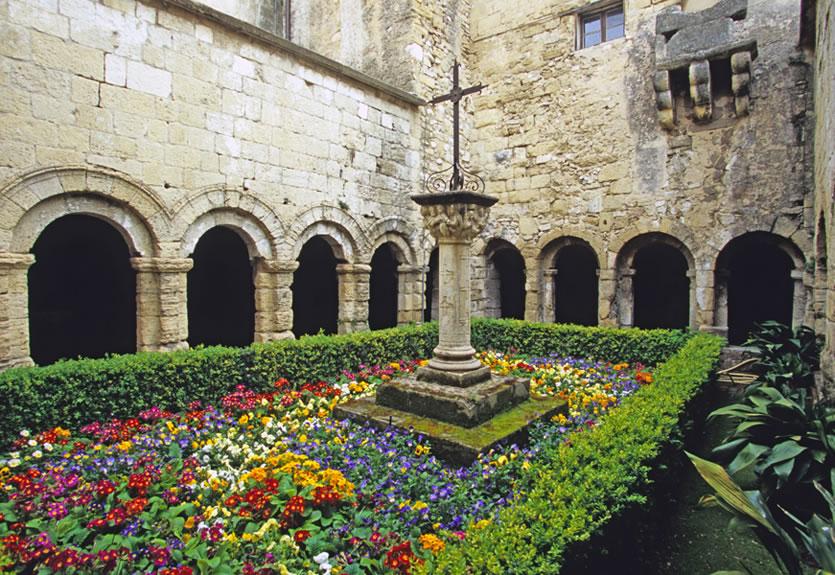
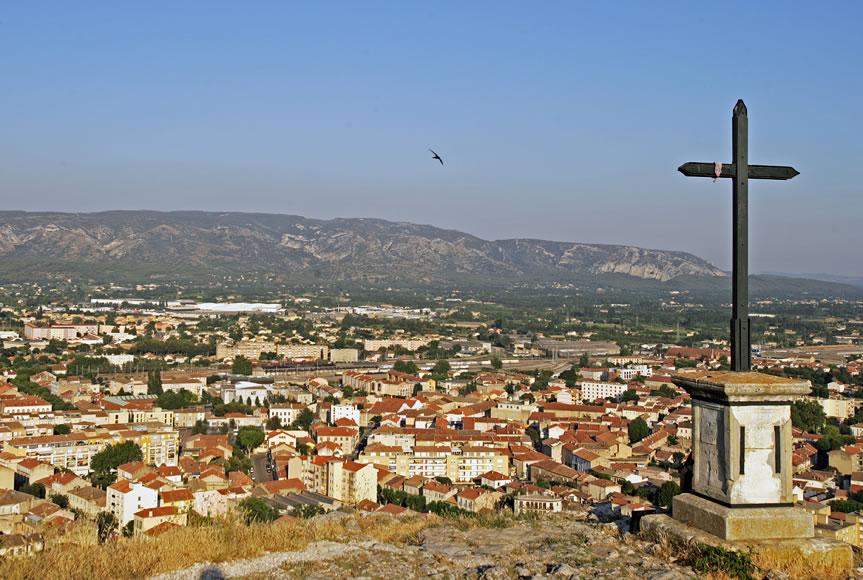
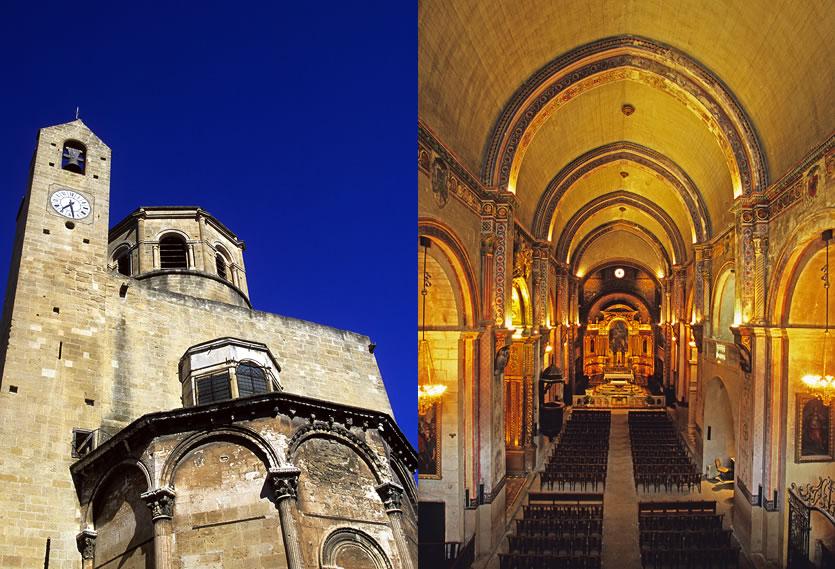
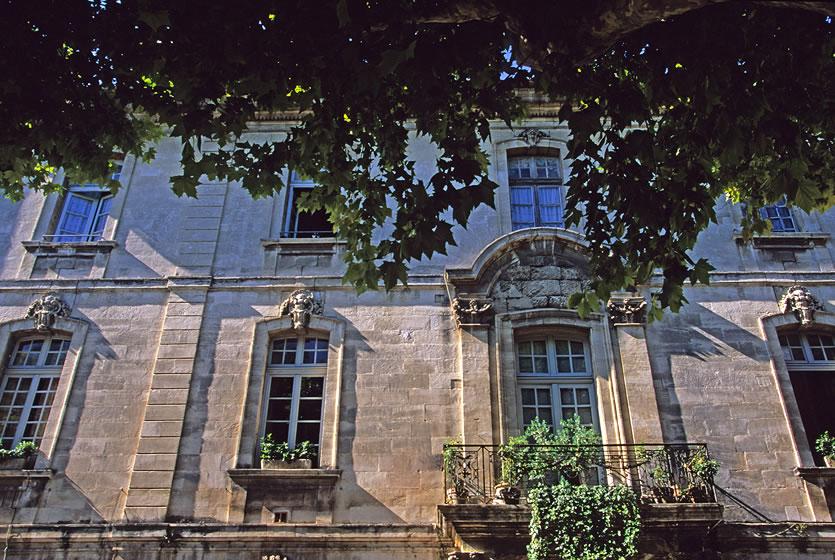
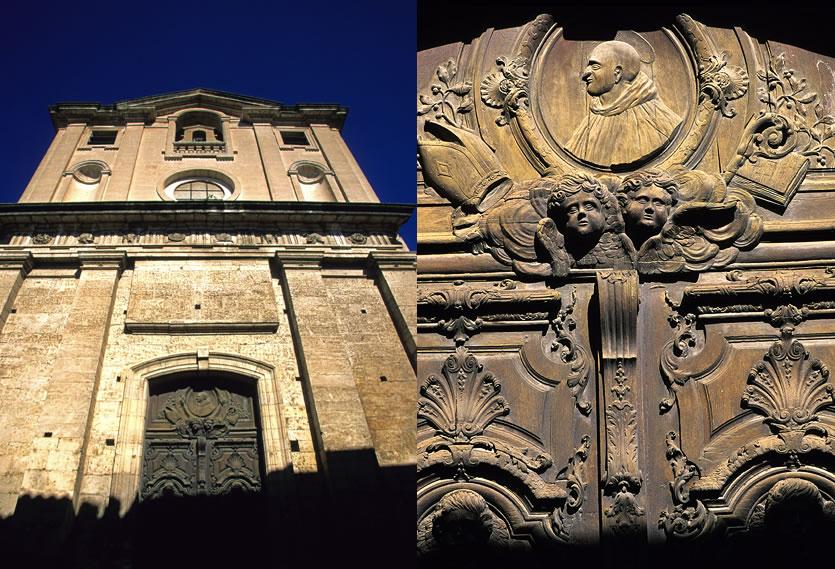
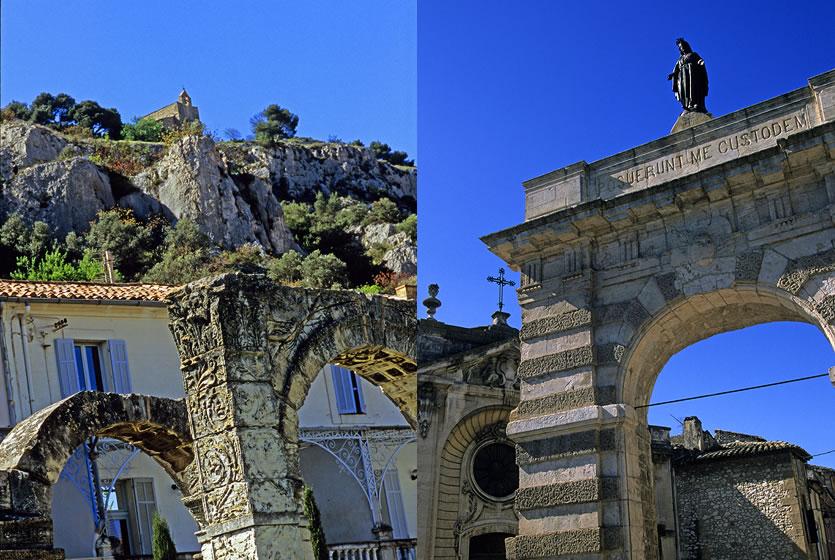
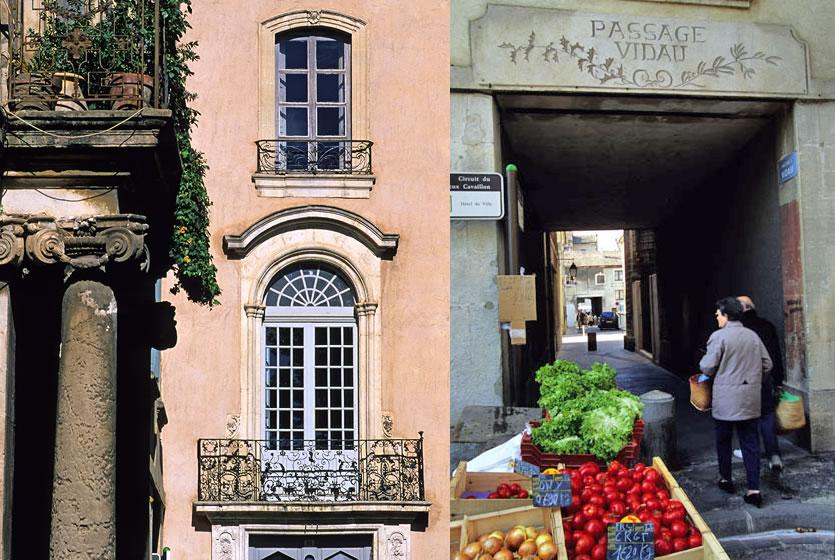
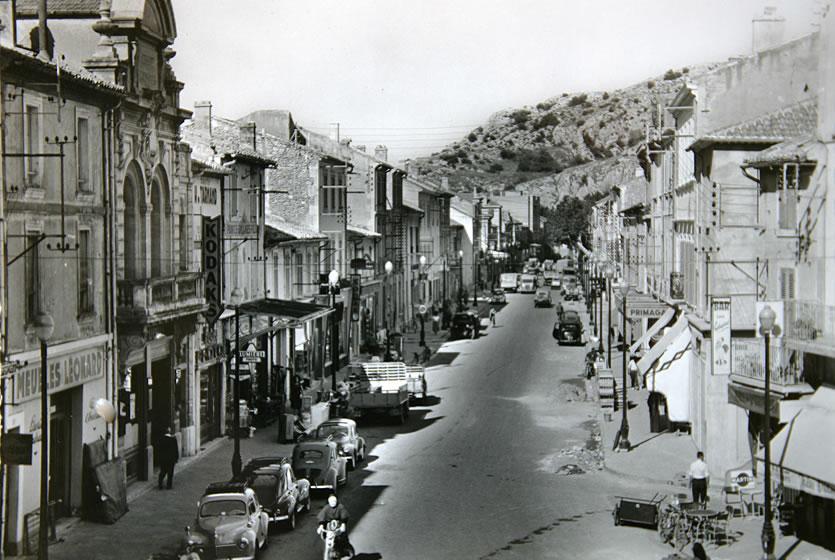
Art of living
Gastronomy, markets of Provence, regional products, Christmas traditions, celebrities of Provence....